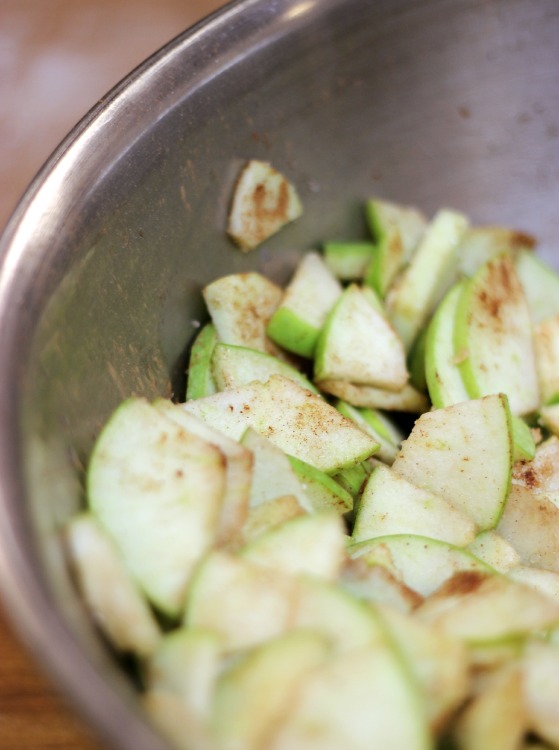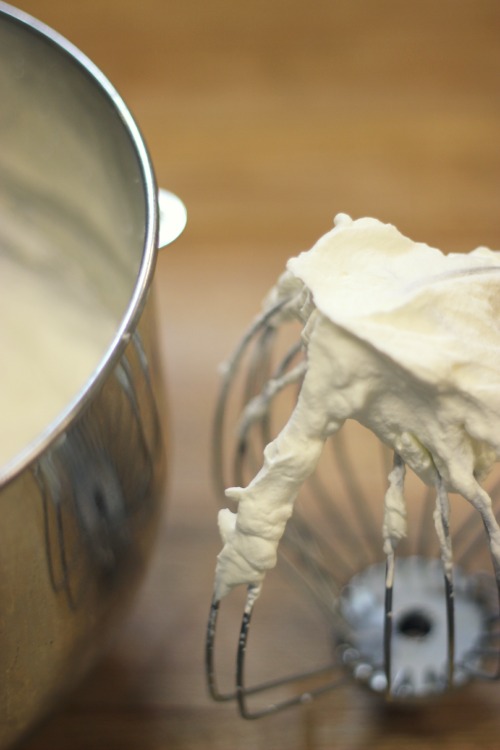
If you’re looking for healthy alternatives to sweetening your favorite recipes or have a health condition that limits your ability to eat traditional sugar, the Sweet Solutions Series is for you. As a resource for our customers, we will be providing information on a different sweetener solution each month. Each option we share with you will have its strengths and weaknesses highlighted. The first sweetner we've highlighted is xylitol. We have two recipes for you, the first for apple pie filling and the second for whipped cream sweetened with whipped cream. Below are the two recipes and you can read all about xylitol after the jump.
To make the apple pie filling you will need:
5 large tart apples, like Granny smith, peeled, cored and cut into thin slices 3 tablespoons xylitol 1 tablespoon lemon juice 1/2 teaspoon cinnamon pinch of nutmeg 2 tablespoons flour Place apple slices and lemon juice in a large bowl. Toss to coat. Add all other ingredients to bowl and stir, making sure apples are evenly coated. Place mixture in a large pot on medium heat and cook until apples have softened, being careful to stir regularly so apples do not burn.

To make the whipped cream you will need: 1 cup cold heavy whipping cream 1 tablespoon xylitol
What is Xylitol?
Xylitol is a naturally occurring carbohydrate found in the fibrous parts of plants such as corn and birch. It is usually minimally processed and looks and tastes just like regular table sugar.
How is Xylitol different from sugar or other sweeteners?
- Xylitol is technically not a sugar nor is it a chemically-derived sweetener; it’s a naturally-occurring sugar alcohol.
- Unlike naturally-occurring sugars, Xylitol has five carbon atoms instead of six. This difference in molecular structure gives Xylitol its unique benefits and sets it apart from sugars.
- Xylitol is slowly absorbed. This means it won’t cause a rapid blood sugar spike, and it doesn’t require an immediate insulin response for it to be metabolized.
- Xylitol contains 40% less caloric impact while providing approximately the same sweetness as table sugar.
- Xylitol has an extremely low glycemic index score.
Pros
- Xylitol has the same level of sweetness as cane sugar so it can easily be switched out in any recipe; no calculations necessary.
- Thanks to its insulin-independent nature, Xylitol has been used in Germany, Switzerland, Russia and Japan as a preferred sweetener for diabetic diets since the 1960’s.
- With over 40 years of research confirming its effectiveness and safety, Xylitol is an easy way that people can fight cavities.
- When you eat food containing ordinary sugar (sucrose), it gives bacteria on your teeth energy, allowing them to multiply and start making acids that can eat away the enamel on the teeth. This "acid attack" causes tooth decay and cavities to begin to form. Since bacteria in the mouth that are causing cavities are unable to digest Xylitol, their growth is greatly reduced too.
- Xylitol consumption has been shown to decrease total caloric intake by encouraging slower gastric emptying, which helps to control appetite.
- Xylitol is not as chemically processed at many sugars and sweetener alternatives available on the market today.
Cons
- Xylitol is a processed sugar alcohol, however many brands are minimally processed.
- Xylitol is manufactured by a variety of companies and not all of the products on the market are as natural as they claim. This makes it important to read all of the labels carefully.
- The brand we carry XyloSweet is a corn-derived xylitol that does not require hydrogenation, like xylitol from birch trees. This means that although Xylitol is a processed sugar alcohol, it is minimally processed.
- Since yeast cannot metabolize it, xylitol will not work when baking breads or anything that contains yeast. Furthermore, xylitol does not crystallize as much as table sugar; therefore it does not do well when making peanut brittle or other hard candy.
- Lastly, consuming large quantities of Xylitol can cause diarrhea or other gastrointestinal discomforts. A small minority have had this adverse reaction when consuming Xylitol at all.
